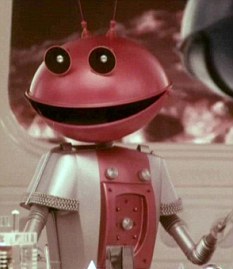Aethon has built Robo-Nurses, which could be used in executing menial tasks so that nurses can spend more time attending to the patient’s need. These Robo-nurses are called TUGs and are being used for the first time in hospitals to perform tasks such as delivering medication, linen, food and laboratory specimens to the wards and waste removal.
 Robo-Nurses
Robo-Nurses
These robots come in varying sizes; their size varies with the task they are assigned to. The commonly used robot looks like a metal box on wheels, measuring a metre in height and containing a box on its side, which houses the software. The robot is attached to different carts based on the task they are programmed to execute. They are able to easily navigate through the hospital without any help by using the blueprint of the hospital floor plan that is programmed in them. They are equipped with a web camera and a scanning technology, which helps them create memory routes and following the route they avoid obstacles such as doors, corridors etc. The activities of the robot are monitored at the manufacturer’s headquarters. Hospital administrators can decide on the number of robots and how frequently they would be needed depending on the jobs on hand. The robot is able to distinguish between medicines with the help of the bar code and delivers it to the right place. The pharmacist then locks the medicine trolley and sets the robot going; the robot delivers the medicines to the either the nurse or the appropriate ward co-ordinator.
Testing trials on the robot have shown that the time taken for delivering the medicine is much less and there is no scope for the drugs to go missing. A study of the TUGs by the University of Maryland Medical Center showed that the average time span from the time the pharmacy receives the prescription to delivery dropped to 30 minutes and saved 6,123 hours of the time spent by nurses for tracking the medication.